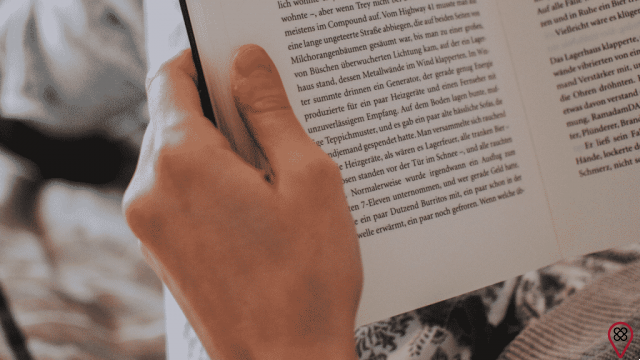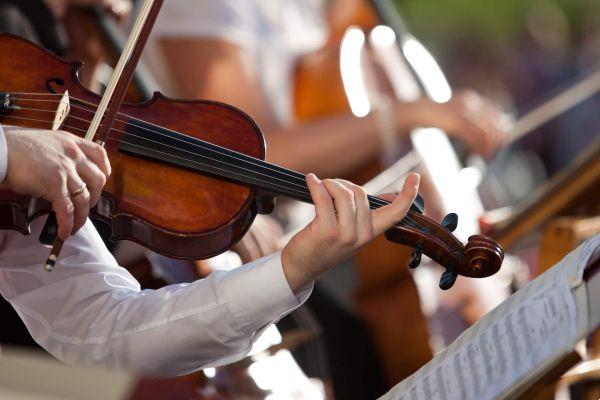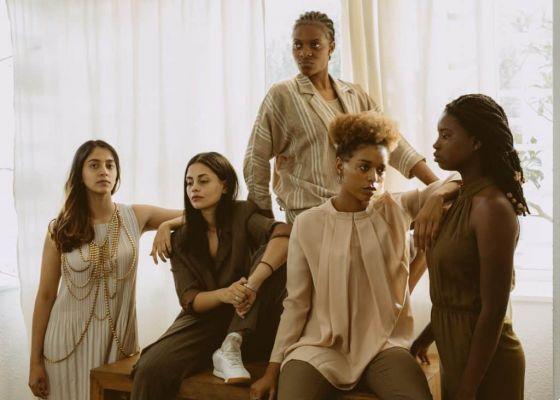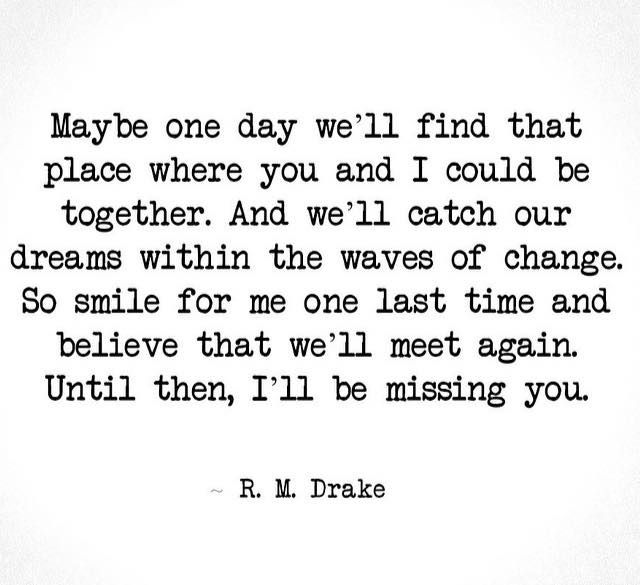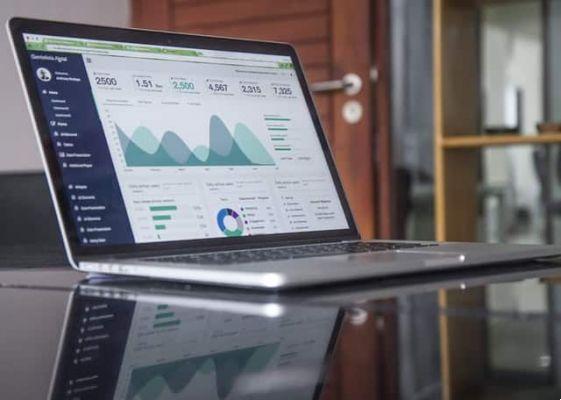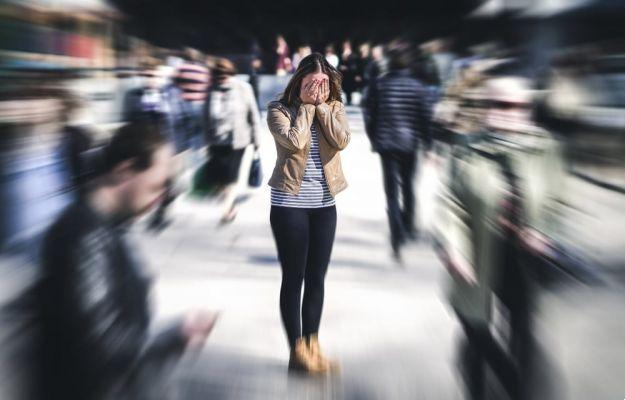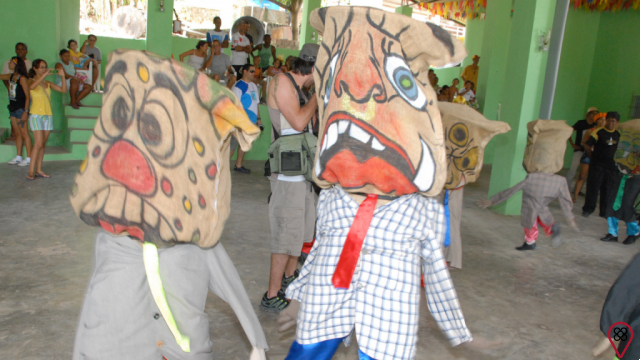Seeing is something more physical, superficial. To see, one must have the sense of sight. To see is to perceive something more deeply. To see it is necessary to see the whole and the details. You, if you have the sense of sight, can see and see, on what you saw. Whether materially or with the immaterial mind's eye. Seeing involves a visual effort, a greater attention.

A person with low vision cannot see, but with a visual effort they can see without detail: shapes, shapes and colors.
This person translates the images into words, informally or professionally, through the audio describer. From the clearly and objectively translated images, the receiver creates a mental configuration with greater or lesser fidelity compared to the real image. It all depends on the degree of visual acuity and culture. If born blind, blindness acquired in childhood or adulthood. I've talked to blind people who love to receive everything in detail. Other blind people just want the stock information that is not spoken. So common sense takes me to the middle ground!
The product will reach the blind from birth, the youth who lost their sight, the adult and those with low vision.
Maybe you're thinking: but how does someone who was born blind see colors and shapes if they're not touched? If he doesn't have a visual memory, what's the reference? Therefore, if your clients are the blind, nothing more natural than listening, asking and learning, and not just studying. This chat is for another article, because it has a lot of cool story to tell.
Seeing involves the physical sense of sight. A blind person cannot see, but you can use the verb without fear when addressing a blind person: “Did you see that crazy man screaming?”. “Did you see how cool this new app is?”. Blind people are not offended and even like this naturalness.
If you still feel uncomfortable when you come across a person with a disability, that's fine, it's a cultural stalemate. And here, we're just talking about visual impairment.
He's not blind, he's not poor, much less good.

You might also like:
- Sixth Sense – Does it really exist?
- about self love
- You create your own reality
He's not disabled, he's not a carrier.
We carry a bag, glasses, dry hair or an uncomfortable belly, we carry a boring boyfriend.
Don't have a disability! Correct and cool nomenclature: person with a disability. The person comes before the deficiency, it is unquestionable, a person with qualities and defects. Direct subject, never hidden. You look into the eyes of the blind in a conversation, you speak directly, and not with the companion, if present. We warn you with a “I went” when we leave, because it is very annoying to leave the person in a vacuum!
It's just a feature, the suppression of just one sense.
Oh, and speaking of sense, do you want to leave a blind sense? Speak up, confuse blind with deaf, it's okay that we have the deafblind, but that's talk for another time.
Want to help a blind person? Asked if he needs help? Ask! Don't even think about pulling the person by the arm, offer your arm to lead the person, the left.
But what if and if and if you have a guide dog?
But what if and if and if you have a cane and a guide dog?
But what if and if and if you have no cane and no guide dog?
What if it's a lefty?
Asking is always the best move! We are all disabled, we are in continuous learning, only those who try make mistakes.
And those who try often succeed.
In a seminar at the Secretary for the Disabled, I heard from a speaker who uses a wheelchair: “I'm here because I got to the conference room without any difficulties. The entire space is equipped with ramps, elevator and all types of accessibility. I only feel deficient when space is too!”. palms. Lots of applause.
He understands? The obstacle is the lack of accessibility, so that citizens with disabilities can fully develop their skills.
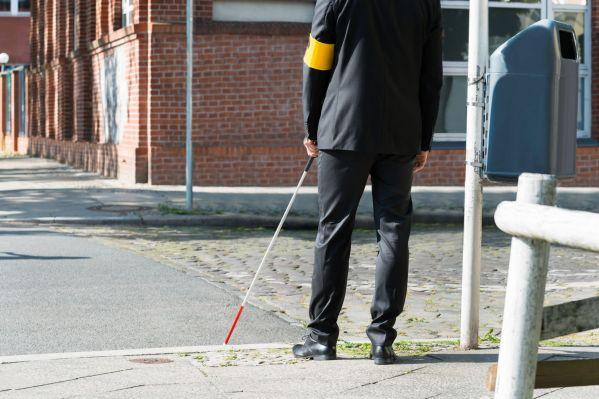
When we talk about accessibility, we are talking about interference, actions that allow everyone to actively participate in living in society, people who were culturally excluded for a long time and had to adapt in a world made for the so-called “people without disabilities”.
The blind population, in general, is active, demanding and participates in all kinds of events: cinema, theater, exhibitions, lectures, musicals and everything that sighted people have access to. They use social media, buy, sell, have fun, study, work, have children and generally don't like to be labeled as examples of overcoming.
Still, many people believe that the blind are blind. And point.
Comma. They are just blind.
The worst blind is the one who doesn't want to see.
I don't know who said that, but the person saw far!



